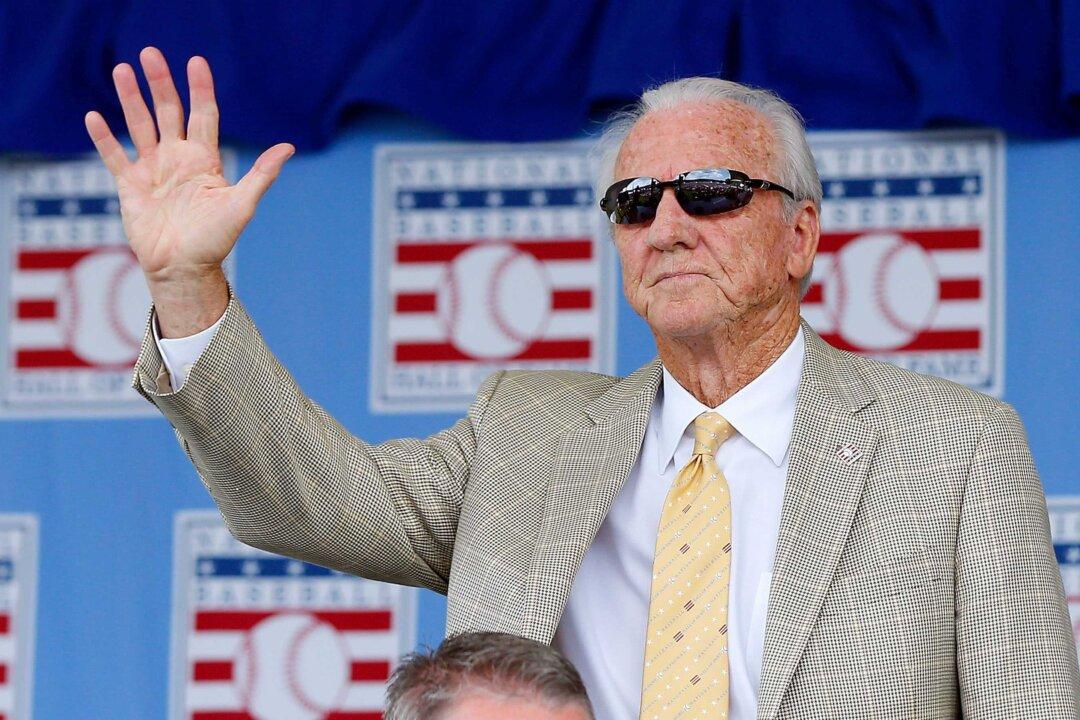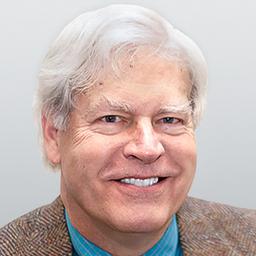Commentary
Two American professional athletes who were active a half-century ago have passed away—Al Kaline, the Hall of Fame right-fielder for the Detroit Tigers on April 6, and New Orleans Saints placekicker Tom Dempsey on April 4.


Commentary
Two American professional athletes who were active a half-century ago have passed away—Al Kaline, the Hall of Fame right-fielder for the Detroit Tigers on April 6, and New Orleans Saints placekicker Tom Dempsey on April 4.